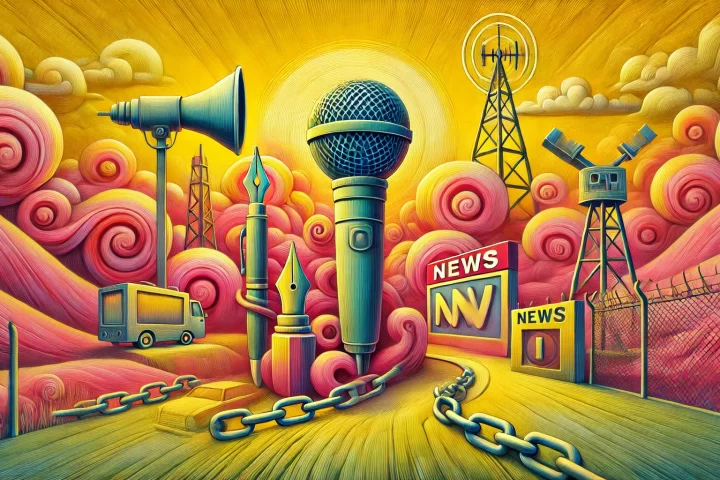In a bittersweet announcement, Reader’s Digest, the iconic monthly magazine cherished for its handpicked articles and features, has declared the closure of its UK edition after a remarkable 86-year run. This decision, rooted in financial strains, marks a significant chapter in the narrative of print media evolution.
The company pointed to a host of challenges, from dwindling ad revenues to soaring production costs and the burden of delivery expenses. Yet, perhaps the most poignant factor is the undeniable shift in how we consume content, with more of us turning to screens over pages.
Reader’s Digest’s fate in the UK mirrors a global trend of print newspapers waning while electronic formats surge. Just last year, the Canadian edition faced a similar fate, succumbing to financial woes akin to those plaguing its UK counterpart.
Recent figures highlight the dramatic swing from print to digital media over the past two decades, with weekday and Sunday print circulations plummeting by 13% and 16% respectively. Though digital circulation figures remain somewhat elusive, there’s a sense that the digital landscape is holding steady.
This transformation isn’t confined to the US; it’s a worldwide phenomenon reshaping the very notion of daily newspapers. A mere 5% of Americans now turn to printed media for news, while a staggering 52% opt for digital platforms.
But amidst this seismic shift, there’s a comforting reminder that not everyone has bid adieu to print or digital newspapers. Surveys suggest that 44% of adults, still engage with newspapers in one form or another.
In addition to the decline in printed newspapers, e-books are also feeling the pinch, witnessing a 5.0% dip in 2022 compared to the year prior. This decline, totaling $1.97 billion, represents a significant chunk of publishers’ revenue.
Overall, the data paints a vivid picture of print circulation dwindling and electronic reading soaring. The rise of digital platforms has undoubtedly played a role, enticing both readers and advertisers away from traditional print. Yet, amidst the upheaval, there’s solace in knowing that print and digital newspapers still hold sway, reminding us that they remain relevant in this digital age.
‘Reader’s Digest, a popular general-interest magazine known for its condensed articles and various features, was first published in the United States in 1922 by DeWitt Wallace and Lila Bell Wallace.
Over the years, Reader’s Digest expanded its publication to numerous countries and languages, becoming a staple in many households around the world.














